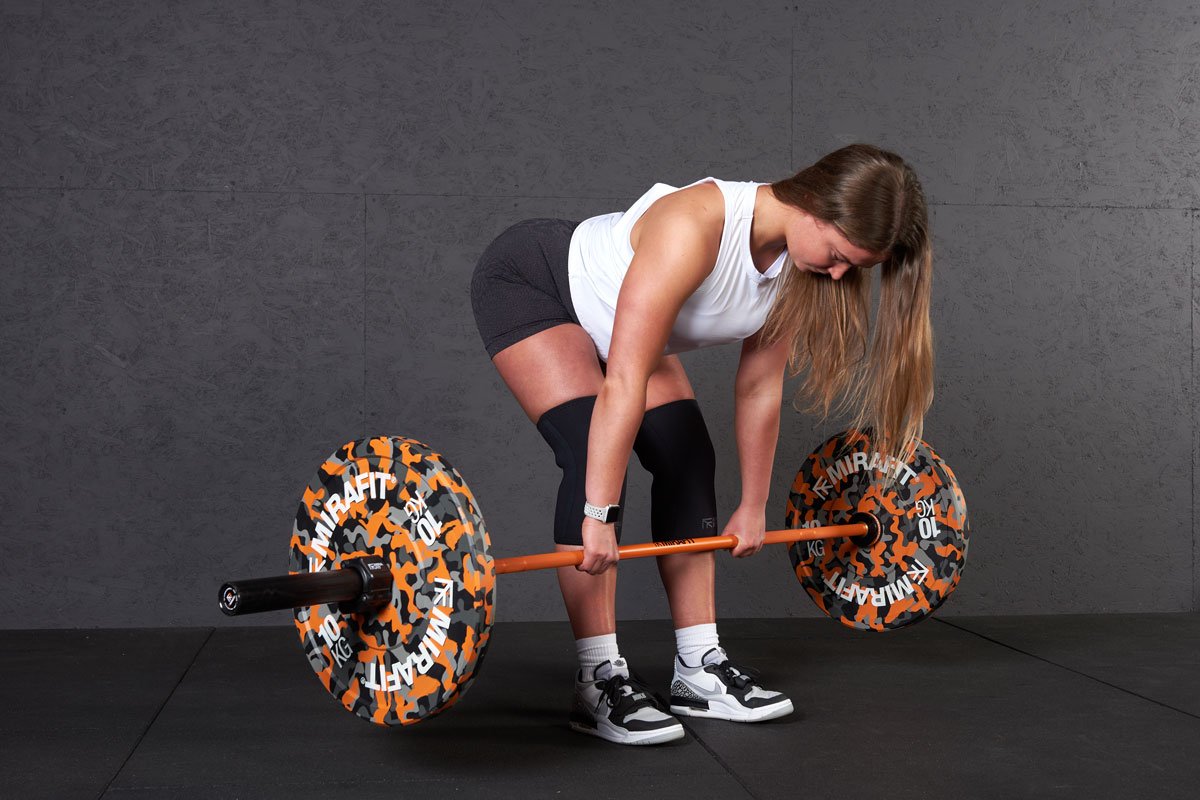
Does the Romanian Deadlift Work the Lower Back?
The Romanian Deadlift (RDL) is a popular exercise among fitness enthusiasts and professionals alike. It is known for its ability to engage multiple muscle groups, providing a comprehensive workout. One of the most frequently asked questions about this exercise is whether it works the lower back. In this comprehensive exploration, we will delve into the mechanics of the Romanian Deadlift, its impact on the lower back, and how to perform it correctly to maximize its benefits and minimize the risk of injury.
The Mechanics of the Romanian Deadlift
The Romanian Deadlift is a variation of the traditional Deadlift, a staple in strength and conditioning programs. Unlike the conventional Deadlift, the RDL starts from a standing position and focuses more on the eccentric or lowering phase of the lift. This shift in focus results in a greater emphasis on the posterior chain - the muscles running down the back of your body.
The primary muscles worked in the RDL are the hamstrings and glutes. However, the lower back muscles, specifically the erector spinae, also play a significant role. These muscles work isometrically to maintain a neutral spine throughout the movement. This means that while they are not the primary movers, they are indeed engaged during the exercise.
Impact on the Lower Back
The Romanian Deadlift can be a beneficial exercise for strengthening the lower back when performed correctly. As mentioned earlier, the erector spinae muscles are engaged isometrically during the RDL. These muscles run along your spine and are critical for maintaining good posture and preventing back pain.
However, it's important to note that while the RDL can strengthen your lower back, it also poses a risk if performed incorrectly. Poor form, such as rounding your back during the movement, can put undue stress on your lower back, leading to potential injury. Therefore, it's crucial to learn and practice proper form before incorporating heavy RDLs into your workout routine.
Performing the Romanian Deadlift Correctly
Starting Position
Stand tall with your feet hip-width apart. Hold a barbell with an overhand grip, hands just outside your thighs. Your shoulders should be back and down, chest up, with your spine in a neutral position.
The Descent
Begin the movement by pushing your hips back while keeping a slight bend in your knees. Lower the barbell by moving your hips backward as far as you can. Keep the bar close to your body, and your spine neutral. You should feel a stretch in your hamstrings.
The Ascent
Drive your hips forward and squeeze your glutes to return to the starting position. Keep the bar close to your body throughout the movement. Remember to maintain a neutral spine - avoid rounding or arching your back.
Common Mistakes and How to Avoid Them
Rounding the Back
One of the most common mistakes in the Romanian Deadlift is rounding the back. This can put excessive stress on the lower back, increasing the risk of injury. To avoid this, focus on keeping your chest up and your spine neutral throughout the movement. It can be helpful to practice the movement without weight or with a light weight until you can maintain proper form.
Not Engaging the Hips
Another common mistake is not fully engaging the hips. The RDL is a hip-hinge movement, meaning the hips should be the main drivers of the movement. If you find yourself bending at the waist or using your lower back to lift the weight, you're not properly engaging your hips. Practice the hip hinge movement pattern without weight to improve your form.
Conclusion
In conclusion, the Romanian Deadlift does work the lower back, but it's not the primary muscle group targeted. The exercise primarily targets the hamstrings and glutes, with the lower back working isometrically to maintain a neutral spine. When performed correctly, the RDL can be an effective exercise for strengthening the lower back. However, proper form is crucial to minimize the risk of injury. Always start with a weight you can handle comfortably and progress gradually as your strength and form improv






